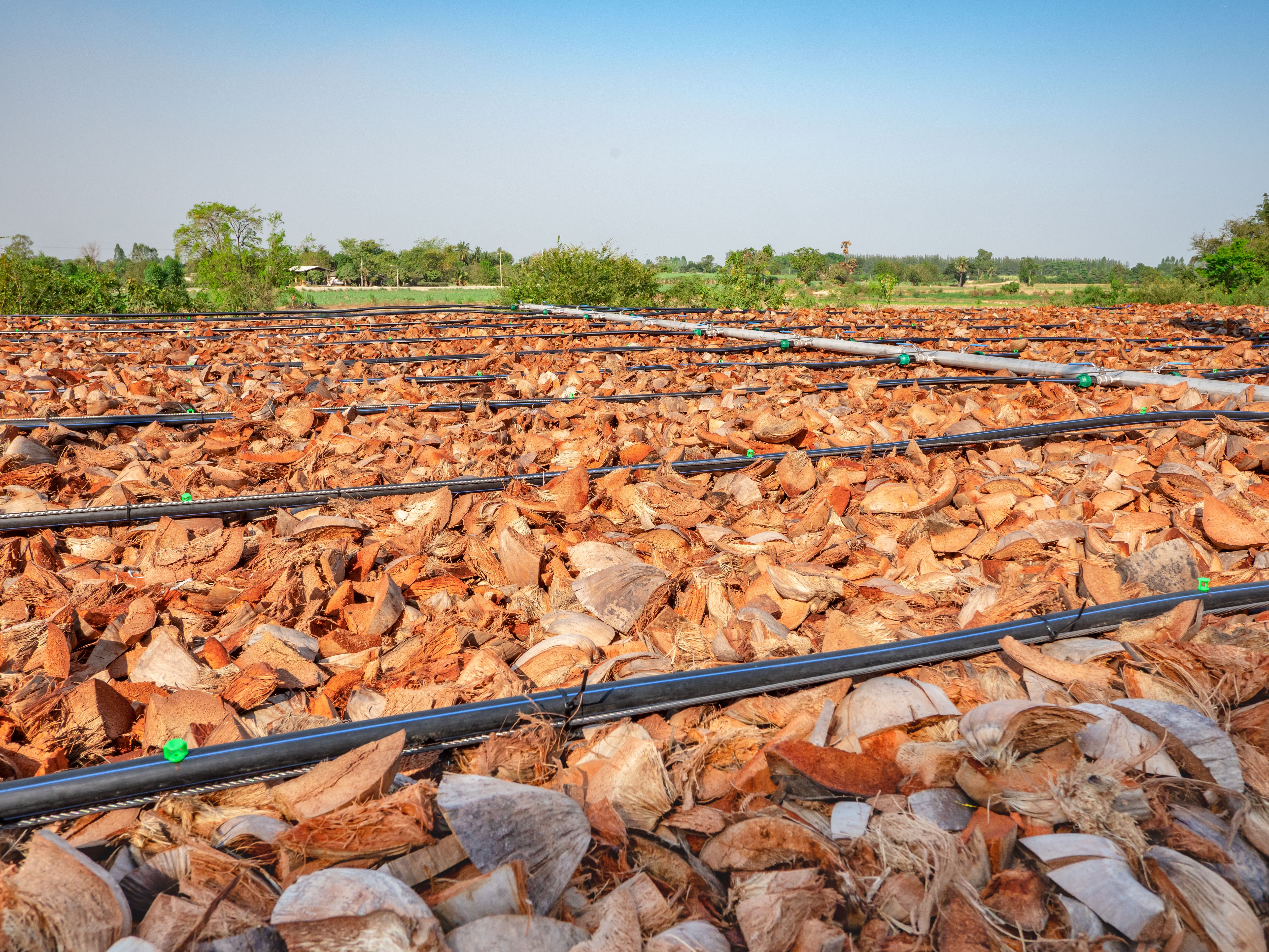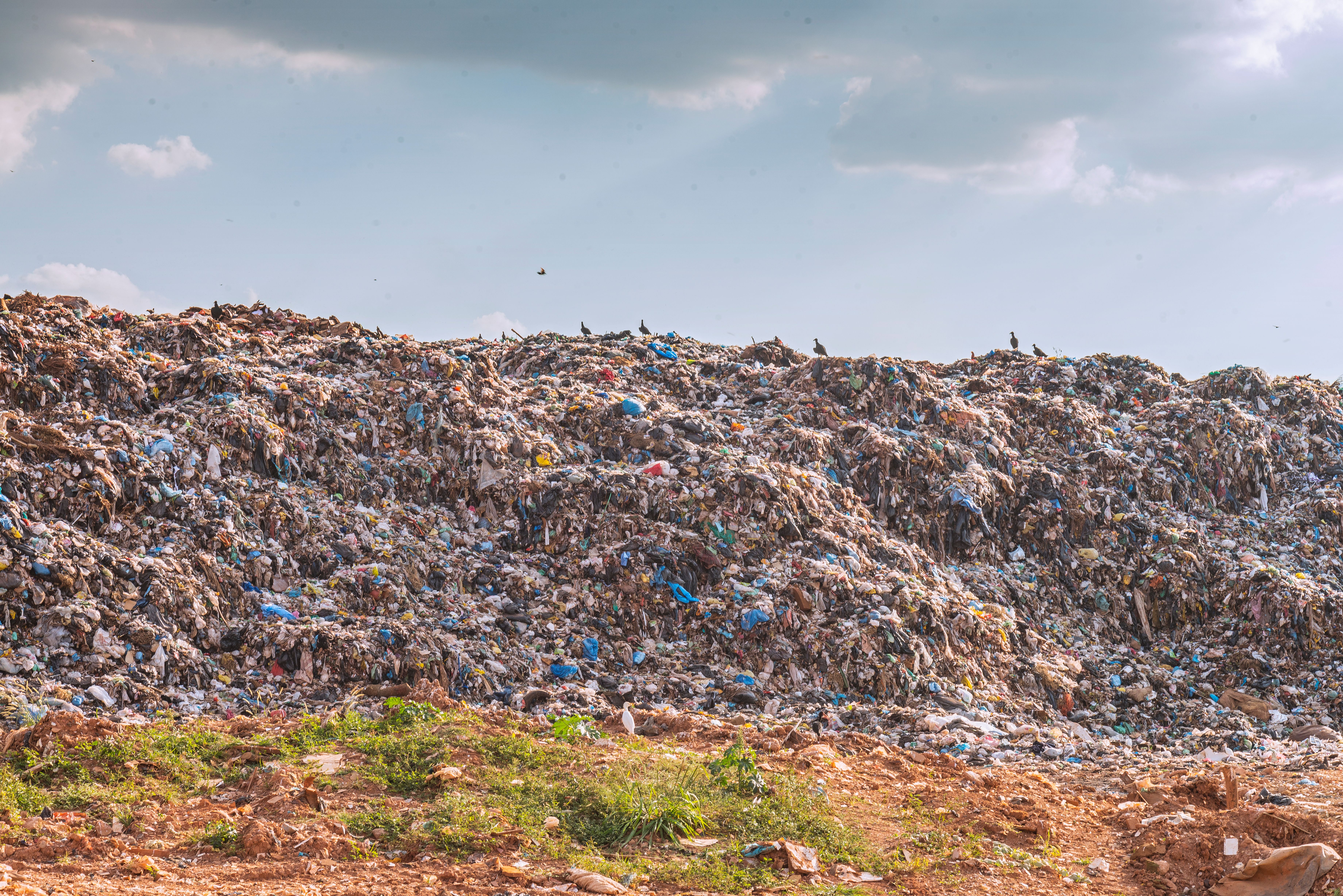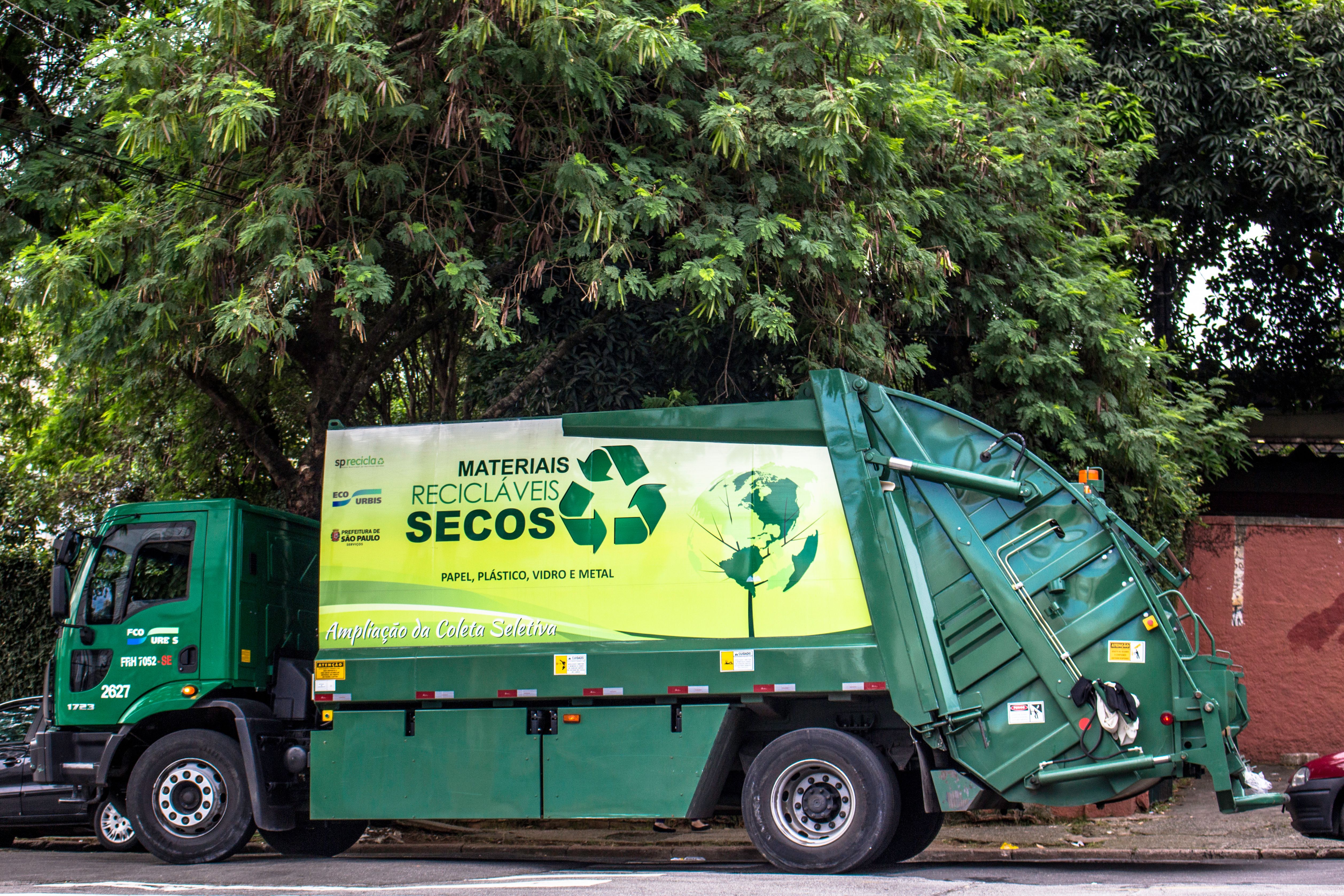What it is
Biofilters and biocovers are porous layers that help oxidize landfill gas (methane) in disposal sites, turning the methane into carbon dioxide, which is a less powerful greenhouse gas.

Where it can be used
Biofilters and biocovers are usually deployed in landfills without landfill gas (LFG) capture systems or old landfills where the LFC system is no longer functioning. They can also be implemented as a complementary solution to LFG capture systems.
How it works
Biofilters
Biofilters consist of two layers connected to a gas vent. One layer consists of gravel, sand, or broken glass that distributes methane gas leaking from the surface of the landfill. The second layer is made of compost or another organic material. Biogas is filtered through the laters and directed into a vessel with methanotrophic bacteria that consume the methane as an energy source. Through this process, the methane is oxidized into carbon dioxide before it is vented into the air.
Biofilters can oxidize around 20% of methane leaking from a landfill’s service surface. The oxidation rate depends on air temperature, water content, and oxygen levels; the rate is higher when the temperature is around 20-36ºC.
Biocovers
Biocovers consist of a porous material covered by a layer of mature compost that oxidizes methane. They can oxidize up to 40% of methane emitted by a landfill.
A key benefit of biofilters and biocovers is that they help reduce emissions of volatile organic compounds and hydrogen sulfide, which smell bad, pollute the atmosphere, and are harmful to human health.

Who’s doing it
Biofilters and biocovers have been adopted in China, Denmark, Canada, and the USA. For instance, China, and the USA have landfill regulations restricting methane emissions from landfills’ surfaces, leading to the deployment of LFG capture systems and complementary solutions to comply with regulations.
At the time of publication, the authors of CH4 Pathways found no record of biocovers or biofilters being implemented in South America; however, efforts have been taken to examine the efficacy and potential for their use in the region.
Policy Considerations
Laws, policies and regulations
Governments at all levels can adopt laws, policies, and regulatory frameworks to support the application of biofilters and biocovers. For example, governments can develop national strategies and policies, restricting methane emissions from landfills’ surfaces while encouraging landfills, especially small landfills or landfills with low methane generation, to adopt biofilters and biocovers. In such landfills, a large investment in LFG capture systems may not be worthwhile given the low amount of methane emitted.

Communication and education
In order to help landfill operators better assess and execute this alternative, governments can establish pilot or demonstration projects to show the potential of biofilter and biocover projects.
Incentives
Governments may provide funding, loans, grants, or other types of financial assistance through incentive programs to stimulate the adoption of this technology.
Economic Considerations
Operation costs differ depending on the availability of local compost. If local compost is available, costs and emissions from transportation would be reduced. Governments can develop action plans to ensure the proportion of landfills feeding biofilters or biocovers. For example, governments can develop collection programs to obtain local green material feedstock from residential yard waste, which could be a satisfactory biofilter and biocover medium.